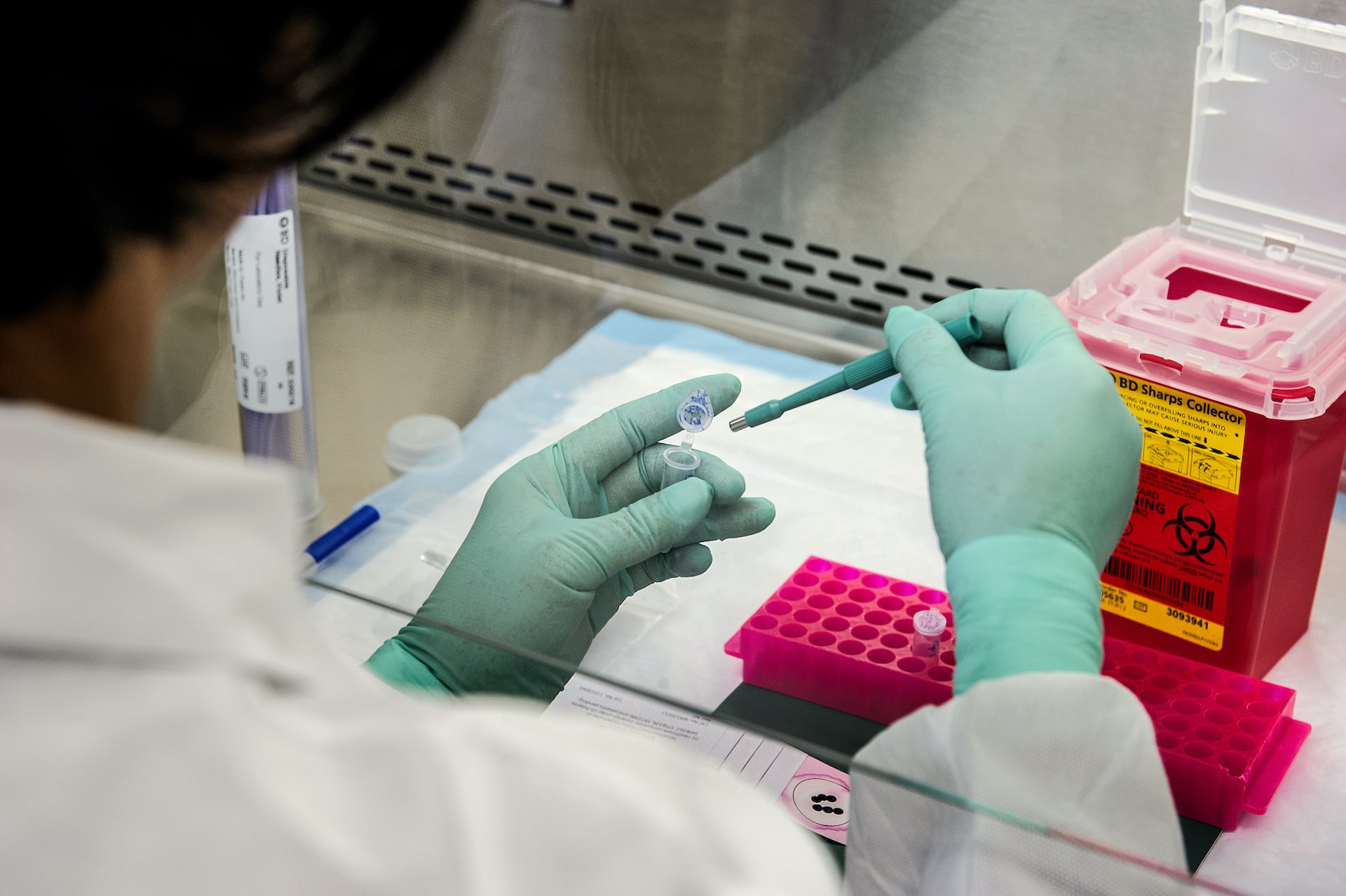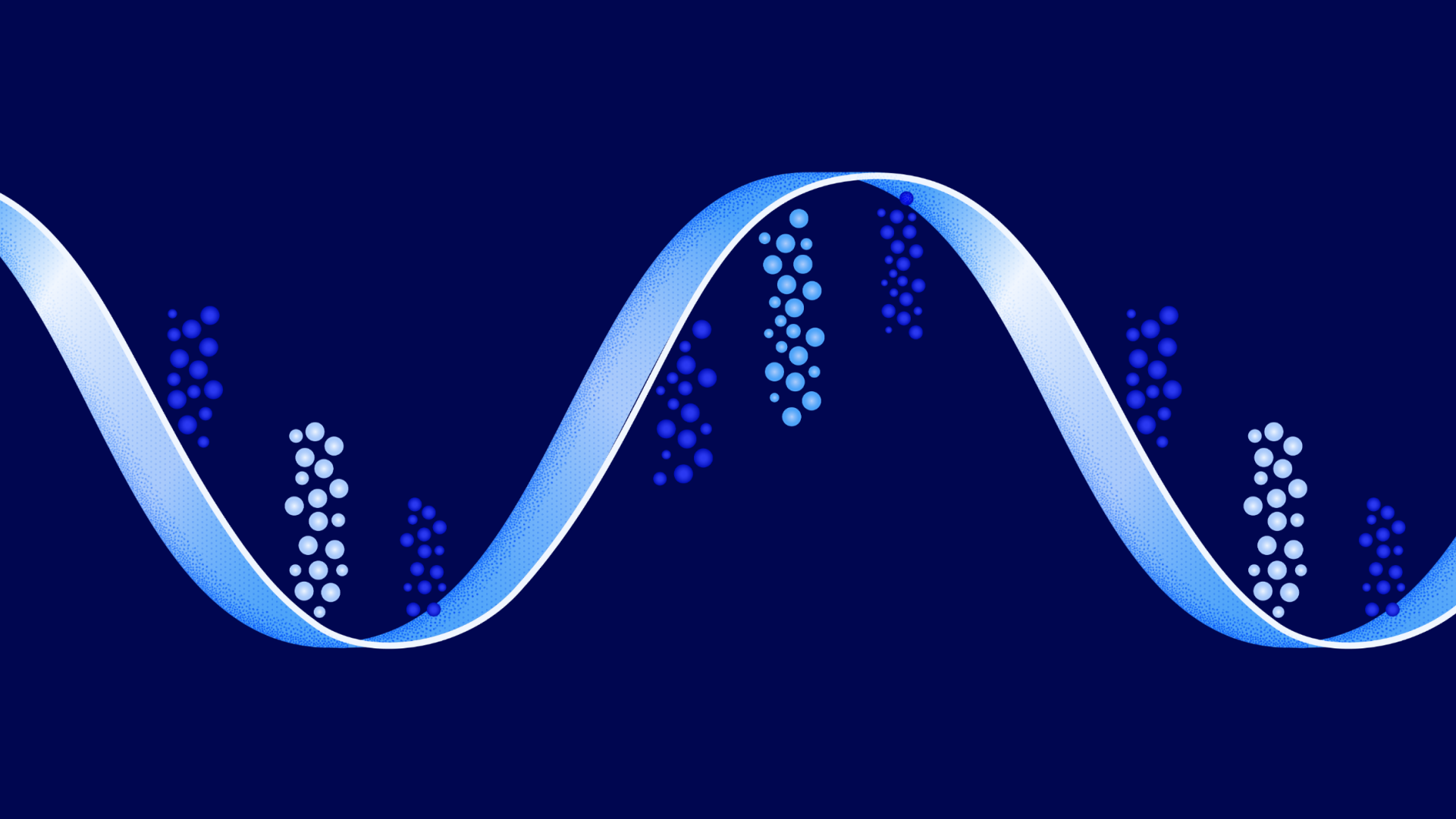Design and develop next-generation mRNA and RNA

RNA has opened up therapeutic possibilities
RNAs are versatile molecules that are used in a variety of therapeutics from mRNA vaccines and antisense oligos to RNA-based gene therapy and guide RNA-based CRISPR complexes. The unique function of these molecules, combined with the ability to adjust key properties through chemical modification or conjugation, has opened up novel ways to treat and prevent diseases.
RNA R&D software needs to evolve
Though these therapeutics have had a significant impact on human health—most recently with COVID vaccines—the R&D tools to create, test, and develop these molecules have been severely limited. Almost all current solutions fail to address the combined biological and chemical nature of RNA therapeutics adequately. Traditional chemistry tools are inadequate to model intricacies of RNA biology, while biology tools ignore the chemistry involved with RNA modifications altogether. Moreover, scientists have had to contend with manual, low throughput, and disconnected software to manage their R&D work.
Benchling R&D Cloud - A full software solution for RNA R&D
Benchling R&D cloud provides the best-in-class design and visualization for mRNA and RNA sequences, with or without chemical modifications. With Benchling’s complete end-to-end solution, RNA teams across research and development now have purpose-built tools they can use to design, study, and develop new therapeutics faster than ever.
What’s New
RNA sequence entity support
Benchling Registry and Molecular Biology now support a new “RNA sequence entity” for modeling longer length RNA sequences. This is a new entity type and is in addition to the RNA oligo entity released last year.
Visual editor for RNA sequences: Visual editing was already possible for RNA oligo entities. With this new release, we are extending the functionality of the visual editing tool to support RNA sequence entities. Also, the RNA visualization tool can now overlay chemical modifications over sequence features such as annotations and translations. Finally, a new “Find and replace” feature is being added to edit monomers in both RNA sequences and RNA oligos.
RNA sequence analysis tools: Benchling Molecular Biology now offers a suite of RNA analysis tools such as annotations, translations, primers, feature libraries, alignments, and RNA parts. In previous releases, this was only possible with DNA sequence entities, but not for RNA oligos.
Universal search: Previously search supported RNA oligos only, but will now support RNA sequences as well including part or full sequences with or without chemical modifications.
Small molecule entity support
Benchling Registry now supports modeling of small molecules using a new “Molecule entity”. Users can now use simplified molecular-input line-entry system (SMILES) in Registration tables and enforce basic chemical structure uniqueness constraints based on canonical SMILES.
Small molecule sketch tool: Draw chemical structures with MarvinJS.
Physico-chemical properties calculation: Benchling Registry can now automatically calculate common physico-chemical properties of small molecules such as MW, Log P, and TPSA and display the information alongside the registered small molecule.
Universal search: Benchling is now more powerful and can search for biomolecules and small molecules from the same interface. Scientists can perform advanced substructure and similarity searches against molecule entities.
How this feature helps you
Faster RNA design
Design RNA sequences more efficiently with easy navigation between monomer-level and sequence-level chemical modifications. Scientists can use the “find and replace” function to execute chemical modifications more easily across entire sequences and reduce the need for manual, tedious effort. Benchling’s design tool also helps scientists standardize their design work, minimize errors, and ensure sequence uniqueness during registration.
Simplified collaboration
All teams across the entire RNA R&D lifecycle can now operate on a single platform. With a full end-to-end solution, teams working on RNA across biology and chemistry in R&D can share, search, and find their work output. This reduces the need for multiple handoffs and back-and-forth communication.
Higher quality data and insights
Standardize and improve the accuracy of RNA sequence design by including the management of chemical modification data and uniqueness checks at registration. Gain also the ability to centralize experimental data collected against RNA candidates and related small molecule entities / monomers. The standardization and centralization functions will ensure data integrity and improve data traceability. Any changes in RNA structure can be directly correlated with experimental results. As a result, scientists can aggregate data faster and make more data-driven decisions easily.
What can you do with it?
Design natural and chemically modified mRNA / RNA sequences and oligos
Analyze RNA sequences with a full suite of tools such as annotations, translations, primers, and alignments
Capture experimental data against RNA sequences and small molecule entities
Improve traceability of RNA sequences and related samples such as monomers, batches, and inventory items
Connect results across experiments, teams, RNA sequences, and small molecule entities with changes in RNA structure for deeper insights
Learn more about our RNA capabilities
Powering breakthroughs for over 1,300 biotechnology companies, from startups to Fortune 500s

